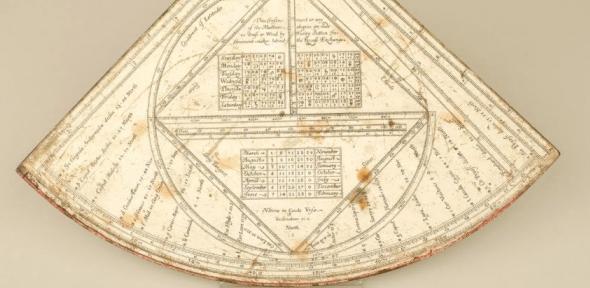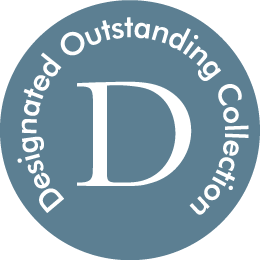His place of work and the range of his stock can be determined from the following advertisement, which is written on a quadrant dated 1658: "This Instrument or any of the Mathematiques are made in Brass or Wood by Henry Sutton Instrument maker behind the royall exchange" (Image 1). The Royal Exchange, which is now a shopping complex, was a major landmark in mid 17th-century London, having been built in the 1560s as a centre for merchants and tradesmen to do business. Sutton's shop on Threadneedle Street behind the Exchange would have been an important location for mathematical practitioners; not only did he make and sell instruments, he also collaborated on their design and sold mathematical books.

The Whipple Museum owns nine instruments by Henry Sutton, an instrument maker and prominent member of the 17th-century mathematical community. He was described just after his death as "that incomparable Instrument maker". He is best known for the 'Sutton-type' quadrant, an astronomical device made in collaboration with the mathematicians Thomas Harvey and John Collins.
"...highly delightful to behold"
The instrument maker Henry Sutton (circa 1624-1665) is known as one of the most talented artisans of the 17th century. In 1758, long after Sutton's death, Edmund Stone paid him the following praise:
"Mr Sutton's Quadrants, made above one hundred Years ago, are the finest divided Instruments in the World; and the Regularity and Exactness of the vast Number of Circles drawn upon them is highly delightful to behold." (1)
Details of his life are sparse. What is known - that he married twice and died of plague - can be supplemented by the study of his instruments, many of which carry the names of his collaborators and customers. This suggests that Sutton was a highly active member of the mathematical community. For example, a dialling scale on a Sutton instrument features the name Euclid Speidell, a London-based mathematics teacher.
References
- From the advertisement following the second title page of Edmund Stone's second edition of N. Bion, The Construction and Principal Uses of Mathematical Instruments ... (London, 1758).
Boris Jardine
Boris Jardine, 'The 'incomparable' Mr. Sutton: a famous 17th-century instrument maker', Explore Whipple Collections, Whipple Museum of the History of Science, University of Cambridge, 2008




